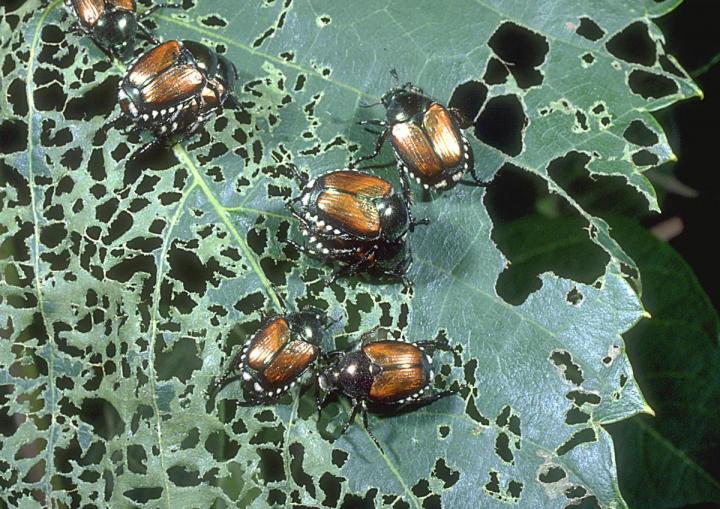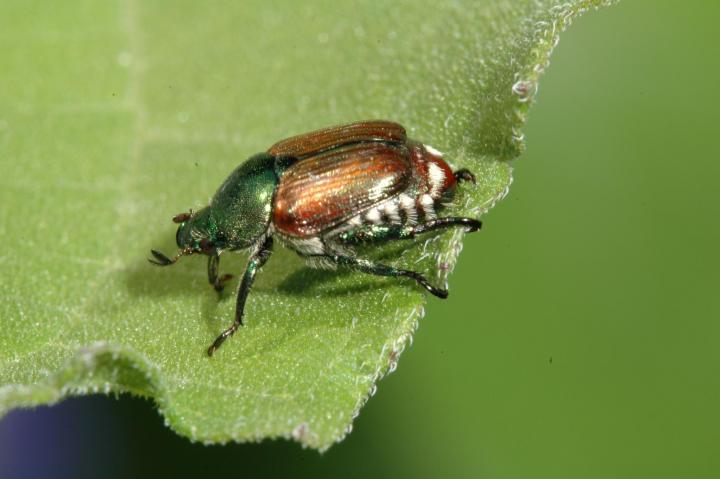
Use these tips to get rid of Japanese beetles.
Become a better gardener! Discover our new Almanac Garden Planner features for 2024. It’s easy, fun, and free to try!
Prevent Japanese Beetles From Eating Your Plants!
ADVERTISEMENT
I was told it installing solar powered garden lights can help to deter the Japanese beetles. Does anyone have any experience using these lights? What are your findings?
I have two Red Maple trees that have been decimated over the last two years. This article says that the Red Maple is not liked by the Japanese Beetle, but my red trees are the only ones they eat…that includes my Japanese Maple.
We have a small hand held rechargeable vacuum. Easy to suck the we beasts off my rose bushes then dump out and stomp on the patio. Rarely miss one on a plant and no handling required.
Jim
I was wondering about the vacuum you used the product information and where to purchase it ?
I did the dish soap and water to spray on my canies and now the leaves are all brown and the Japanese beetles are still eating away. Did not work.
You need to pick them off and drop in soapy water, not spray soapy water.
I have a terrible problem with the beetles on my apple trees and black raspberries. I tried the beetle traps and can fill three in a day. I started snipping off the bottom of the trap then put the hole I created into a 5 gallon bucket of water. They go through the trap into the water. 99% or more from my observation can't get out of the water bucket. I then take the bucket to the chickens that gobble them up or I kill the beetles and dispose of them.
Did the trap actually help with the number of beetles on your fruit trees? I am asking because we have a plum tree in serious trouble and we have put a trap out. I want to know if it actually lures them all away or if it's just attracting more.
I had an awful problem with these beetles on my plumb trees and ended up resorting to beetle traps. I now have Crape Myrtles and wonder what's the things to try IF these beetles like these trees. Upstate SC
My crape myrtles haven’t bloomed in years because of Japan beetles













